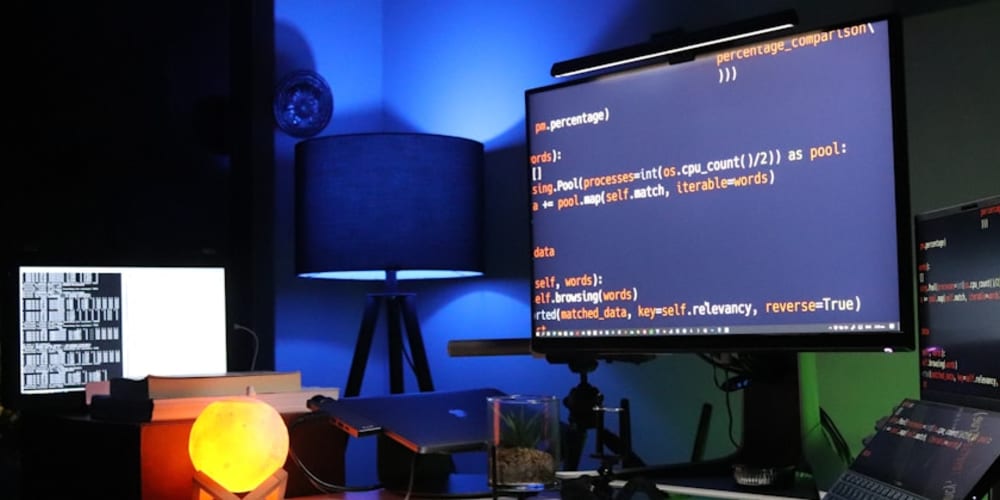Developing a Comprehensive Government Contracting Proposal Library
In the world of government contracting, creating effective proposals is imperative to securing contracts. Yet, putting together a winning proposal involves more than meets the eye. A comprehensive Government Contracting Proposal Library can transform your approach, simplify processes, and significantly improve your win rates. Let's delve into the nuances of building such a vital resource.
Why a Proposal Library?
The benefits of a well-organized proposal library are multifold:
- Efficiency: Having a repository of proposal elements reduces the time and effort needed to assemble a new proposal.
- Consistency: Standardized templates and sections ensure uniformity across all submissions, reflecting a reliable and professional image.
- Quality Control: Pre-vetted content minimizes errors and enhances the quality of each proposal.
- Knowledge Preservation: Captures institutional knowledge, safeguarding it from employee turnover.
Core Components of a Proposal Library
To achieve these benefits, your library should consist of the following components:
1. Templates
Well-defined templates are the backbone of your proposal library, setting a standard structure for all your proposals. Essential templates include:
- Executive Summary Template: Highlight the value proposition concisely.
- Technical Proposal Template: Detail the technical solution proposed, adhering strictly to solicitation requirements.
- Management Plan Template: Outline your approach to managing the project, team qualifications, and organizational structure.
- Pricing Template: Provide clear, detailed cost breakdowns.
2. Boilerplate Text
Boilerplate sections provide reusable content that can be quickly customized to fit specific opportunities. These might include:
- Company Overview: A general description of your company’s history, capabilities, and mission.
- Past Performance: Highlights of previous projects that demonstrate relevant experience and success.
- Compliance Statements: Pre-written responses to common regulatory and legal requirements.
3. Graphics and Visual Aids
A picture is worth a thousand words. Including ready-to-use graphics, such as:
- Organizational Charts: Visual representation of your team structure.
- Flow Diagrams: Illustrate processes and methodologies.
- Infographics: Simplify complex data points and statistics to enhance readability.
4. Reference Material and Guides
Your proposal library should also contain reference material to bolster the quality of content:
- Style Guide: Ensures consistency in language, formatting, and branding.
- Compliance Checklists: Keeps submissions aligned with RFP requirements.
- Writing Guidelines: Provides tips and best practices for compelling proposal writing.
Building and Maintaining Your Proposal Library
Creating your library is only half the battle; maintaining its relevancy is just as critical. Here are some strategies:
1. Regular Updates
Proposal requirements and government regulations evolve. Schedule regular reviews to ensure templates and content remain current and compliant with the latest standards.
2. Feedback Integration
Solicit feedback from your proposal team. Continuous improvement based on real-world experiences helps refine and enhance your library.
3. Centralized Access
Utilize a centralized, accessible platform for your library, such as a cloud-based service. This ensures that your team can access the latest versions, no matter their location.
4. Training
Ensure all team members are trained in utilizing the library effectively. This can include walkthroughs, video tutorials, and hands-on workshops.
Leveraging Technology
Consider incorporating technology to amplify your proposal library’s capabilities:
- Content Management Systems (CMS): Organize and manage your documents effortlessly.
- Proposal Automation Software: Streamline the assembly of proposals using AI and machine learning to customize content based on RFP specifications.
- Collaboration Tools: Facilitate real-time collaboration and review across your team with tools like Microsoft Teams, Slack, or Asana.
Conclusion
Building a comprehensive Government Contracting Proposal Library is a game-changer. By investing in this resource, you pave the way for increased efficiency, consistency, and quality in your proposal submissions. Embrace this strategic asset to navigate the complex landscape of government contracting with confidence and success.
Stay ahead of the curve, streamline your processes, and watch your win rates soar. The future of your government contracting endeavors starts with a robust proposal library.
Happy proposing! 🚀



















